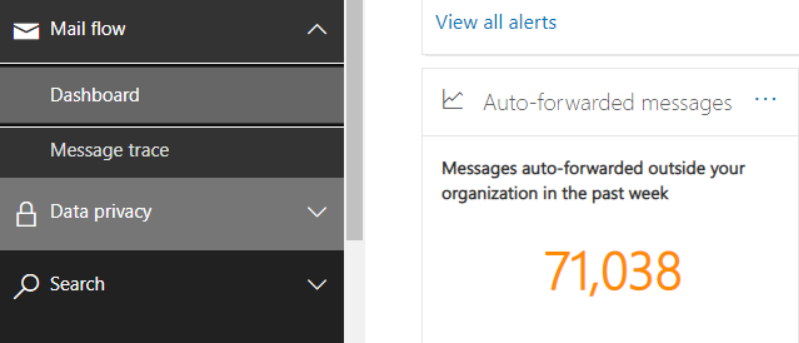Recently, I came across an issue where a user complained that he is not receiving emails from internal applications. Upon checking the mailbox status I noticed that the user had a mailbox hosted on our Exchange on-premises server and also on Exchange online. The on-prem mailbox only had around 100 MB, while the cloud mailbox had around 5GB data.
When the mailbox creation dates were compared, the online mailbox was created first and the on-prem mailbox got created later. In this situation when an office 365 user sends email to user it will be delivered to the cloud mailbox and when an on-prem user send email to will be delivered to the on-prem mailbox. Not sure how this condition happened, but couple of reasons are discussed here.
In this post I will be discussing the steps to recover from this scenario without making any changes to the cloud mailbox as the primary mailbox of my user is hosted in Office 365. If you want to try the other way around ie, recovering by removing the cloud mailbox and not touching the on-prem check this article instead.
1) Run the powershell command to save all mailbox information of both on-prem and cloud mailbox to a file. Make sure the data on the on-prem mailbox is exported to a PST file prior to following the below steps.
Get-Mailbox “mailbox identity” | fl > mailbox.txt
2) On the Exchange 2013 ECP, disable the user mailbox by clicking on the ellipsis (…) -> Disable.

Alternatively, you can run the below powershell cmdlet as well to disable the mailbox
Disable-Mailbox “mailbox identity”
Note : Do not delete the mailbox, only disable/disconnect. You will get an error while disabling the mailbox, if litigation hold is enabled. You can remove litigation hold by running the below command:
Set-Mailbox -Identity “user identity” -LitigationHoldEnabled:$false -DomainController DCName

3) Create a remote mailbox for the user on on-premises by running the command:
Enable-RemoteMailbox “user identity” -RemoteRoutingAddress “user@company.mail.onmicrosoft.com”

Add any additional SMTP addresses to the remote mailbox object from ECP if required. If you are using any custom attributes for AD Sync, update the same as well.
4) Identify the Exchange Online GUID of the cloud mailbox by running the below command in Office 365 Exchange Online shell
Get-Mailbox “mailbox identity” | fl *Exchangeguid*
5) Stamp the Exchange Online GUID on the remote mailbox in on-premises. This is not mandatory but will be helpful during any future mailbox offboarding.
Set-RemoteMailbox “user identity” -ExchangeGuid “Exchange Online guid”

You can see in the above screenshot that using Get-Mailbox we can verify the current Exchange Guid value. In this case its blank.
6) Now either force a directory sync or wait for the delta sync to complete. Restore the on-prem mailbox data to cloud if required.







